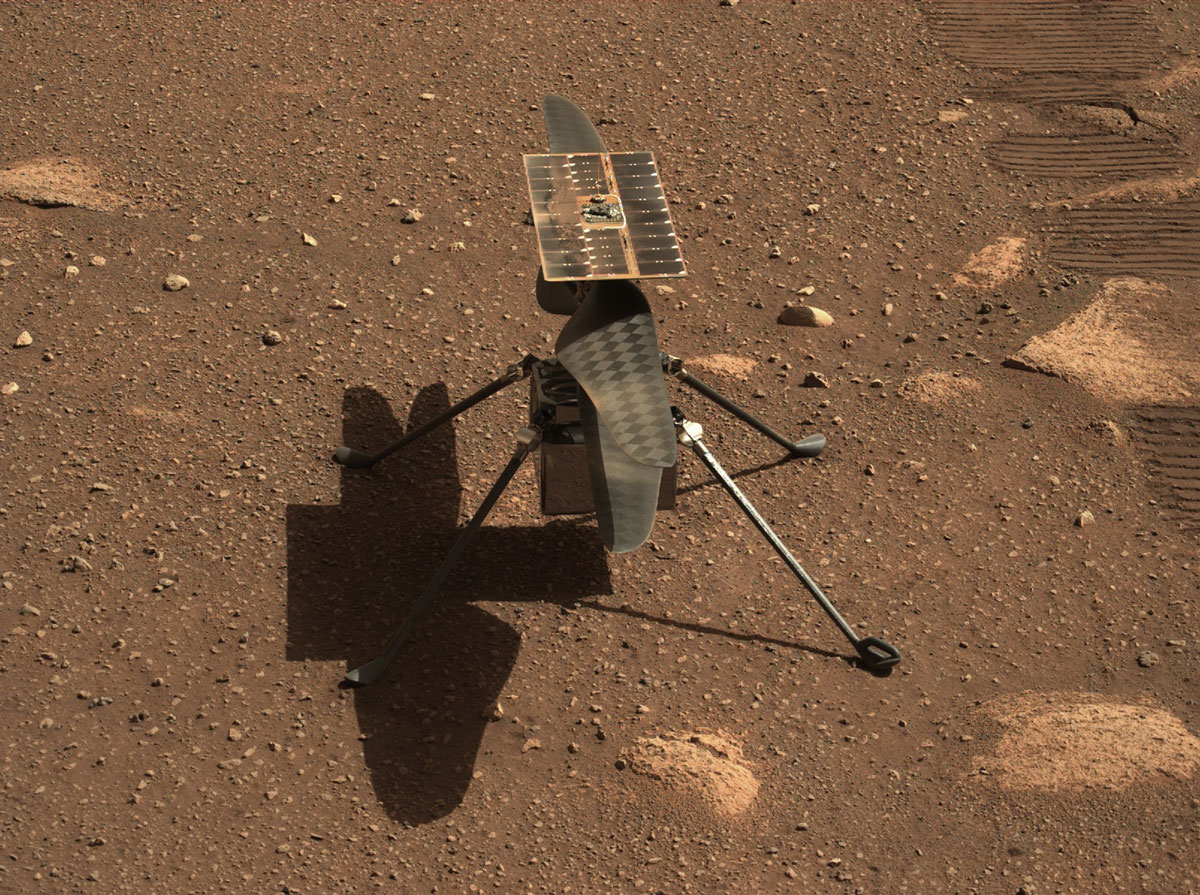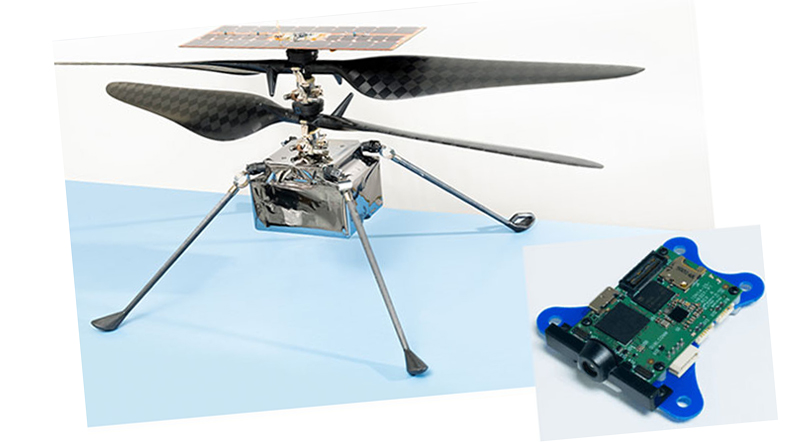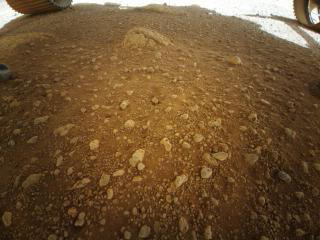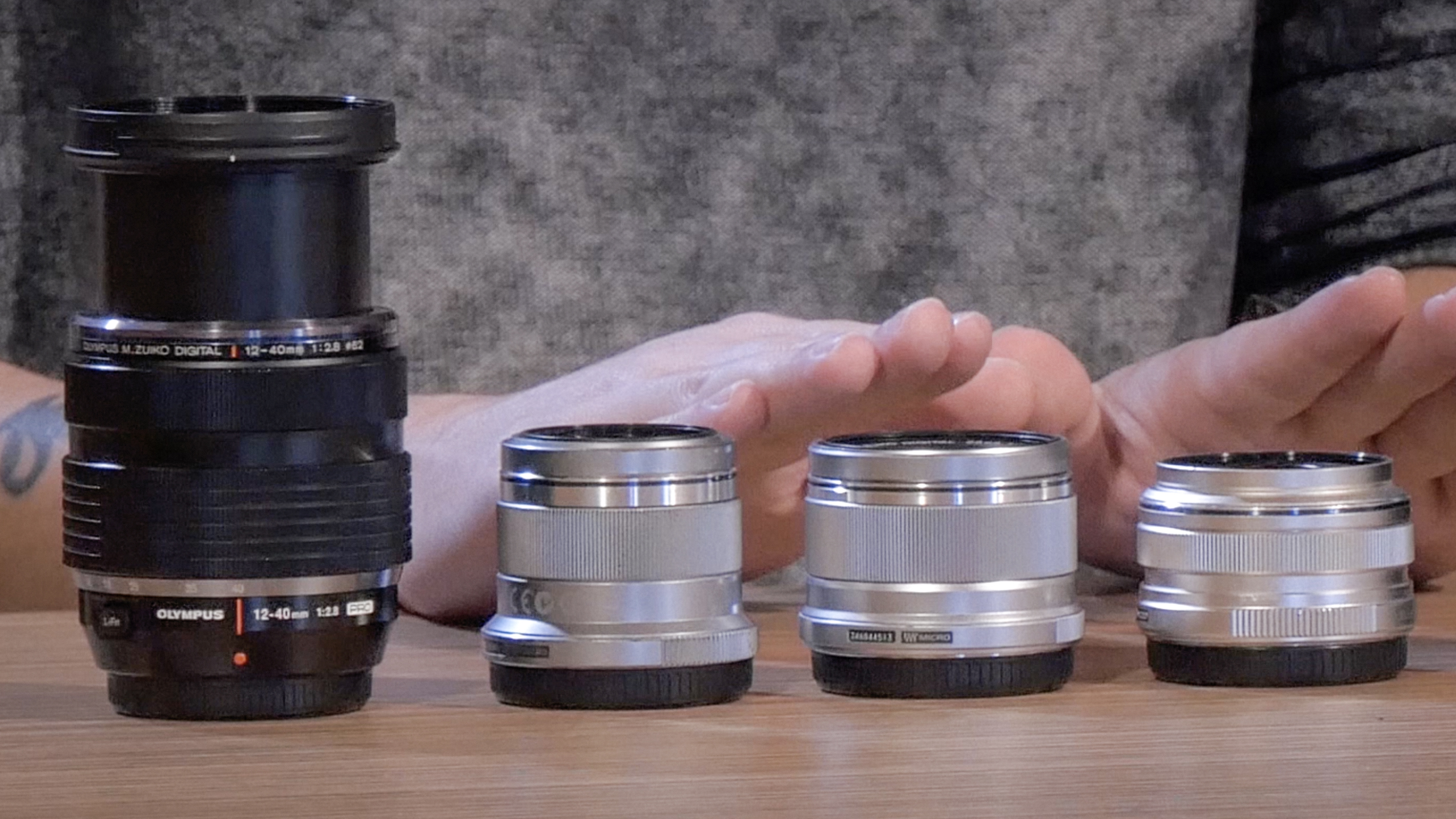Listen to the Martian drone taking ‘one giant leap’ millions of miles away
New NASA video even lets you hear the Ingenuity helicopter flying across the surface of Mars
Update 8 May:
NASA has now shared a spectacular video of the Ingenuity drone flying over the surface of Mars. What makes this different from earlier test flights of the Ingenuity copter, is that you can actually here its rotors. The footage (above) was recorded by the SuperCam on the Perserverance rover.
Update 19 April: The Ingenuity drone has now successfully taken its first test flight on Mars on Monday morning. Its first image (above) which was successfully beamed back to earth was a black-and-white selfie shot of its own shadow!
The initial excursion lasted just 39.1 seconds long, during which it reached a height of just 10 feet (3m). NASA announced that the helicopter took off at 3.46am EDT (8.46am BST), 19 April. The data from first flight returned to Earth just under three hours later.
Update 12 April: NASA has announced that the flight of the Ingenuity drone has been delayed while engineers understand a technical issue. It was originally going to be launched on April 11, but the revised date of April 14 has now been reassessed, and now the flight is unlikely to take place before next week - once a software patch has been finalized and tested.
Once we have passed these milestones, we will prepare Ingenuity for its first flight, which will take several sols, or Mars days. Our best estimate of a targeted flight date is fluid right now, but we are working toward achieving these milestones and will set a flight date next week".
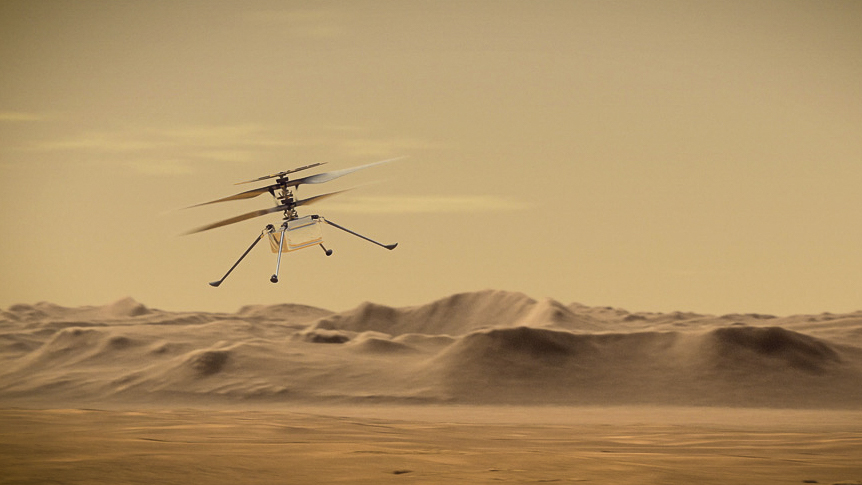
You’ve heard the one about your smartphone being hundreds of times more powerful than the Apollo 11 guidance computers. But what about the one about NASA’s new drone on Mars having the same chipset as your smartphone from 2014?
On Sunday 11 April 2021 a tiny helicopter just 19.2 inches tall and weighing just 4 lbs/1.8 kgs will spin its carbon fiber blades at 2,537 rpm. It will rise from the Martian surface for about 30 seconds, before touching back down.
The best camera deals, reviews, product advice, and unmissable photography news, direct to your inbox!
If it succeeds that will become the first powered, controlled flight of an aircraft on another planet.
The Mars Helicopter – nicknamed ‘Ingenuity’ by NASA – will instantly become part of aviation history alongside the Wright Brothers’ first flight on Earth on 17 December, 1903.
However, Ingenuity will make photographic history, too, because on board are cameras that are expected to send back aerial shots of Mars and NASA’s Perseverance rover, which will film Ingenuity’s flight from a safe distance. The rover has already sent back some exciting photos of the surface of Mars.
Remarkably, Ingenuity is powered by Qualcomm’s Snapdragon 801 chipset that’s found in most Android smartphones from 2014 and 2015, and also many of the early drones. Here’s everything you need to know about the first flight of NASA’s Ingenuity.
What is ‘Ingenuity’?
It’s a small autonomous rotorcraft that is about to attempt flight on Mars. It’s not a science mission as such – just an experiment to inform missions to Mars yet to come – but that hasn’t stopped NASA’s Jet Propulsion Labs (JPL) in California opening six years and US$80 million to build the Mars Helicopter.
“This is a huge deal for humanity and for science,” says Dev Singh, GM of Robotics, Drones and Intelligent Machines at Qualcomm. “The Wright Brothers moment profoundly changed the way we travel and how the world is connected.” Ingenuity could now do the same for Mars by speeding-up exploration. “Rovers move very slowly,” he says. “NASA’s Curiosity rover has driven 20 miles in five years, but that could be done in a day using a drone—and both rovers, and even astronauts, on Mars could use drones as scouts.”
Space-drones of the future could provide reconnaissance in rocky terrain, explore hard-to-reach spots, or even transport lightweight equipment quickly from point-to-point. This is about taking people out of the equation.
Why is flying on Mars so hard?
Firstly, there’s a lack of atmosphere. Comprising four carbon fibre blades and two rotors that move in opposite directions, they will take 12 seconds to rev-up to 2,537 rpm to fly in the Martian atmosphere, which is 99% less dense than on Earth. Secondly, it’s cold. And thirdly – and perhaps most crucially – the 173 million mile distance between Earth and Mars on Sunday means there’s a radio delay of 15 minutes and 27 seconds. There can be no pilot wiggling a joystick; this all has to happen autonomously, with Ingenuity’s guidance, navigation camera and laser altimeter doing the piloting.
Cue the Qualcomm Flight Platform, a robotic ‘brain’ found in commercial off-the-shelf drones and based on the Snapdragon 801 chipset.
Snapdragon 801 was first seen inside the Samsung Galaxy S5 and Sony Xperia Z2 smartphones from way back in 2014. It was the first smartphone chipset to work in drones – and 2014 was when Qualcomm and NASA JPL began collaborating on what was then called the ‘Scout’ project.
What is the Qualcomm Flight Platform?
It’s a board that mixes super-fast processing power with computer vision, communication, navigation, and real-time flight assistance. “It’s based on Snapdragon, but it includes things specifically for drones like four cameras, because back in 2014-2015 there were only one or two cameras on smartphones,” says Chris Preutting, Senior Director of Business Development at Qualcomm. “GPS is of no use on Mars so we use cameras and sensors to fly-by-sight.”
This is about NASA moving beyond technology to focus on the science, rather like it now lets SpaceX take care of getting US astronauts up to, and down from, the International Space Station. “NASA wanted Ingenuity to be made from commercial off-the-shelf technology because in future their missions will be much more autonomous—we call that operating at the edge,” says Preutting. “Traditionally, NASA sends all of its data back to Earth and has a server crunch it, but we can run some complex algorithms in-situ, which means more science can happen.”
What photos and videos will we see from ‘Ingenuity’?
Ingenuity will carry two cameras, one in color with a horizon-facing view and one Navigation Camera that snaps in black-and-white. We’re likely to first see some low-resolution black-and-white photos with color images to follow. We’ll also see photos – and hopefully some basic video – of Ingenuity’s first flight as captured by the Perseverance rover’s NavCam and Mastcam-Z.
How ‘Ingenuity’ talks to the Perseverance rover
The Qualcomm Flight Platform also allows Ingenuity to communicate with the Perseverance rover on the surface of Mars. Communicating via radio, the rover will receive the final flight instructions from JPL mission controllers and then relay them to Ingenuity. From that point on the little drone is completely autonomous. We’ll know if this first flight was a success when several hours after the first flight has occurred.
When will ‘Ingenuity’ fly on Mars?
At 12:30 p.m. local Mars solar time (03:45 a.m. BST/10:54 p.m. EDT/7:54 p.m. PDT) on Sunday, 11 April, 2021 little Ingenuity will make a test flight. With luck it will be the first of several. It will lift off, climb at 3 feet/1 metre per second, hover at 10 feet/3 meters for up to 30 seconds. While up there it will rotate slightly, then descend and touch down. “It should take us about six seconds to climb to our maximum height for this first flight,” said JPL’s Håvard Grip, the flight control lead for Ingenuity. “When we hit 10 feet, Ingenuity will go into a hover that should last – if all goes well – for about 30 seconds.”
In the ensuring weeks it will make increasingly more ambitious test flights, up to a total of five.
Confirmation of the success (or otherwise) of Ingenuity’s first flight should be in at 09:15 a.m BST/04:15 a.m. EDT/01:15 a.m. PDT on Monday 12 April. You can watch that moment as a livestream on NASA Television, the NASA app, and the agency’s website, JPL YouTube and JPL Facebook.
If Ingenuity works it could change the way NASA explores planets, and Mars in particular. “We haven't been able to map out the entirety of Mars just from the sky and we can get much finer resolution from a drone,” says Preutting. “NASA is trying to find signs of life, and drone – or a fleet of drones – could more quickly find areas of interest to explore.”
Next up for today’s drones and smartphone chips could be Saturn’s largest moon, Titan. Scheduled to launch in 2026 and arrive in 2034 is Dragonfly, a nuclear-powered rotorcraft-lander that will explore dozens of locations across the icy world. Nothing has been announced yet, but if the smartphones and drones of today are anything to go by, we’re hoping for 8K video.
Read more
• All the cameras on the Mars Perseverance rover
• The best lenses for astrophotography
• The best camera and gear for shooting the night sky
• Best light pollution filters
• The best telescopes for astrophotography

Jamie has been writing about photography, astronomy, astro-tourism and astrophotography for over 15 years, producing content for Forbes, Space.com, Live Science, Techradar, T3, BBC Wildlife, Science Focus, Sky & Telescope, BBC Sky At Night, South China Morning Post, The Guardian, The Telegraph and Travel+Leisure.
As the editor for When Is The Next Eclipse, he has a wealth of experience, expertise and enthusiasm for astrophotography, from capturing the moon and meteor showers to solar and lunar eclipses.
He also brings a great deal of knowledge on action cameras, 360 cameras, AI cameras, camera backpacks, telescopes, gimbals, tripods and all manner of photography equipment.

